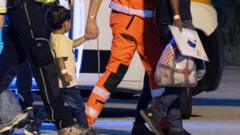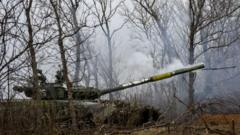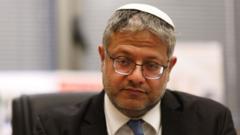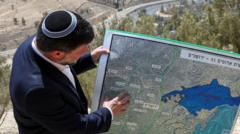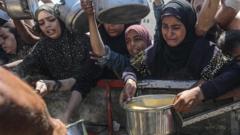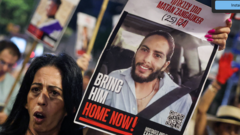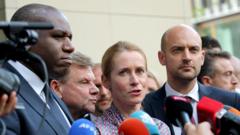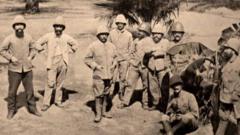Kasem Abu al-Hija's grief over his family's loss in a missile strike reveals deep disparities in safety provisions between Jewish and Arab communities in Israel. The tragedy, compounded by discriminatory practices and a lack of support, has ignited broader discussions on inequality amidst escalating violence.
The Tragedy in Tamra: Mournful Echoes of Disparity Amid War
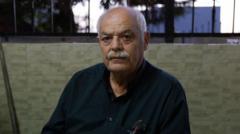
The Tragedy in Tamra: Mournful Echoes of Disparity Amid War
A father's anguish exposes the socio-economic divides in Israeli society following a devastating missile strike that killed four family members.
On Saturday, a missile strike in the Arab-majority town of Tamra, northern Israel, resulted in the tragic loss of four family members of local resident Kasem Abu al-Hija, who is now grappling with intense anger and grief. The missile, which struck their home, collapsed the structure, killing Kasem's daughter, two granddaughters, and their aunt. Witnesses reported a scene of devastation, with debris scattered in the roadway and trails of blood leading rescuers to the bodies.
A video that surfaced shortly after the incident, showing a group of voices in Hebrew celebrating the strike with chants, has further fueled anger in the Tamra community. "They sang about my family," Kasem said at a vigil, underscoring the pain and isolation felt by many in Arab-majority areas amid ongoing conflicts.
This incident starkly highlights the socio-economic divides in Israeli society, particularly regarding public safety measures. Reports indicate that Tamra, with its 38,000 residents, lacks sufficient public bomb shelters, unlike nearby Karmiel, a Jewish-majority town that has 126 shelters for its 55,000 residents. A 2018 report by Israel’s State Comptroller revealed that nearly half of Arab communities lack proper sheltering provisions.
“The gaps are enormous,” stated Ilan Amit from the Arab-Jewish Center for Empowerment, highlighting the systemic issues faced by Arab communities in emergency preparedness and infrastructure. The Israeli government mandates reinforced safe rooms in new residential areas; however, Arab communities often face stringent planning hurdles that leave many without adequate protection.
The disparity does not end there. While 42.4% of Arab citizens live below the poverty line—much higher than the national average—crucial funding for community development has diminished under recent government policies. Adel Khatib, a municipal authority in Tamra, voiced concerns about insufficient public resources for cultural and communal needs.
In a conflicting backdrop, public opinion within Israel regarding military actions in Gaza varies significantly, as surveys reveal that a substantial majority of Jewish Israelis endorse attacks on Iran, while a significant portion of Arab citizens express fear and disapproval. The current atmosphere, viewed through Kasem's tragedy, underscores the challenges faced by Arab communities, which are often caught in the crossfire of socio-political pressures and ongoing violence.
As the community mourns, the call for unity and an end to conflict resonates deeply. “The bombs do not choose between Arabs or Jews,” Kasem professes, a statement that echoes the need for solidarity and peace amid the turmoil, to prevent further familial tragedies like his own.


